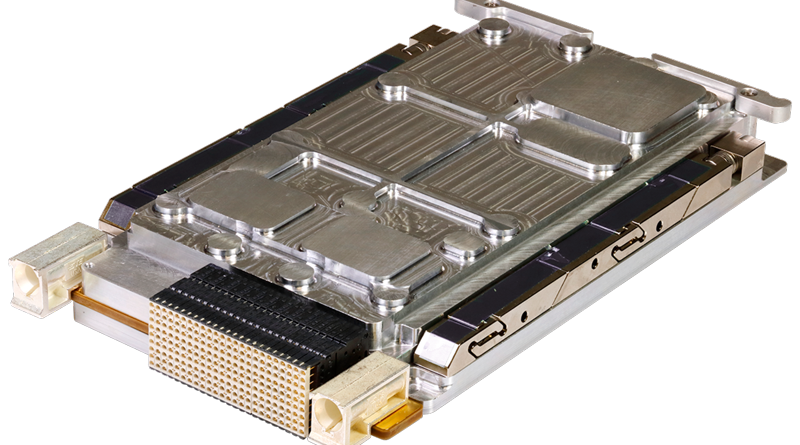Mercury’s data recorder to help monitor global warming
The company selected by Ball Aerospace for methane emissions monitoring program
Mercury Systems, Inc. announced it was selected by Ball Aerospace to enhance the data recording and storage performance for MethaneSAT, the methane monitoring satellite being developed by a subsidiary of the non-profit Environmental Defense Fund. With MethaneSAT, nations and companies will be able to identify, manage and reduce methane emissions and help slow the rate at which the Earth is warming.
Mercury’s data storage technology delivers the high performance and sustainability required to operate successfully in space’s harsh, radiation-intense environment. Ball’s MethaneSAT spectrometer will incorporate Mercury’s RH3440 3U VPX high-density solid-state data recorder (SSDR), allowing the state-of-the-art satellite to gather critical data needed to solve environmental sustainability issues. The digital recorder is optimized for size, weight, and power (SWaP) and is radiation tolerant – crucial for a successful space mission. Moreover, since data will be generated at a rate much higher than can be telemetered, Mercury’s “store-and-forward” features allow delayed data transmission to ground stations while maintaining data integrity until the data can be transmitted.
The fastest way to slow climate change is by reducing methane emissions, a powerful climate pollutant. Data from MethaneSAT, supported by Mercury’s high-density SSDR, will help do just that.
“Mercury is honored to work with Ball Aerospace and MethaneSAT on this unique mission to monitor methane emissions from space,” said Tom Smelker, vice president and general manager, Mercury Microsystems. “We look forward to equipping the Ball Aerospace spectrometer and MethaneSAT with a reliable, high-performance, and radiation-tolerant data storage solution, all in support of our vision: to make the world a safer, more secure place for all.”

